The Nürburgring Nordschleife, a serpentine ribbon of tarmac coiled around Germany's Eifel mountains, has earned its infamous moniker "The Green Hell" through decades of punishing both man and machine. This 20.8-kilometer circuit, with its blind crests, plunging gradients, and capricious weather, is no ordinary racetrack—it’s a trial by fire disguised as asphalt. The nickname, famously coined by three-time Formula 1 champion Jackie Stewart in 1968, encapsulates the track’s relentless brutality, where a single misjudgment can send cars careening into forests so dense they seem to swallow wreckage whole.
What makes the Nordschleife so terrifying isn’t just its length—though it remains the longest permanent racetrack in the world—but its anarchic design. Unlike modern circuits with runoff areas and forgiving barriers, the Ring’s original layout (built in 1927) clings to the natural contours of the land. Its 73 corners—many unnamed, some blind, others banked at sadistic angles—demand a driver’s unbroken concentration. The track’s elevation changes by over 300 meters, with sections like the Flugplatz (literally "airfield") launching cars airborne only to slam them down into the compression-heavy Fuchsröhre ("foxhole"). Here, physics feels like a suggestion rather than a law.
The "green" in Green Hell isn’t merely poetic. The Nordschleife is smothered in vegetation, with towering firs and moss-covered guardrails lining its path. In summer, dappled sunlight creates hypnotic strobe effects; in autumn, wet leaves turn braking zones into ice rinks. But it’s the rain that truly unlocks the track’s malevolence. Microclimates mean one sector could be dry while another is deluged, a phenomenon locals call "Nürburgring weather." Fog often drapes the higher sections like the Hohe Acht crest, reducing visibility to zero. Such conditions birthed legends like the 1976 Nürburgring F1 race, where Niki Lauda’s near-fatal crash prompted boycotts and ultimately the track’s removal from the Formula 1 calendar.
Yet the Ring’s danger is precisely what makes it sacred. Carmakers pilgrimage here to prove their vehicles’ mettle, with lap times becoming marketing gold. The Bridge to Gantry (BTG) lap—a slightly shortened version of the full circuit—serves as a benchmark for performance cars. But the Nordschleife devours arrogance. Its graffiti-covered barriers, nicknamed "Armco galleries," display the scars of countless failed attempts. Even seasoned professionals speak of the track in reverential tones; Formula 1 driver Juan Pablo Montoya once admitted, "You’re always scared of the Nürburgring. If you’re not, you’re not going fast enough."
Today, the Green Hell thrives as a paradox—a public toll road by day (Touristenfahrten sessions allow anyone with a street-legal car to attempt the circuit), a corporate testing ground by night, and a racetrack hosting events like the 24-hour endurance race. Its aura persists because, unlike sanitized modern tracks, the Nordschleife remains untamed. As journalist Henry Catchpole noted, "It doesn’t care about you." Every year, it claims cars, bones, and occasionally lives—yet drivers keep returning, lured by the same primal challenge that birthed its infernal nickname over half a century ago.
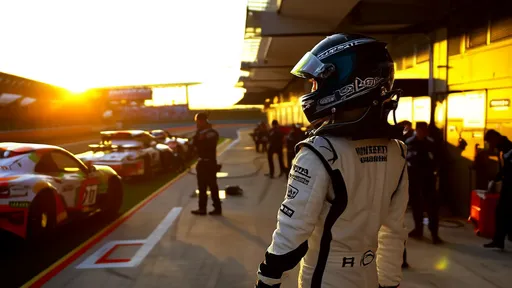
By /Jun 14, 2025
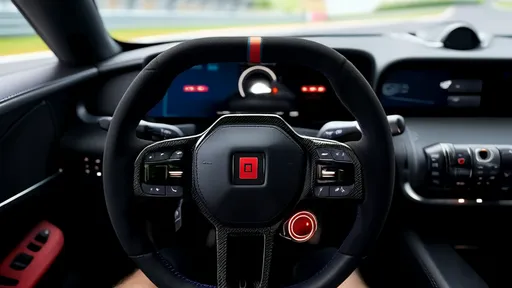
By /Jun 14, 2025
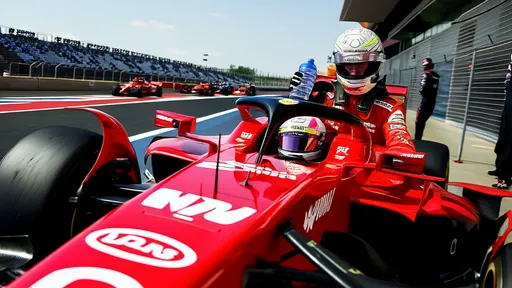
By /Jun 14, 2025
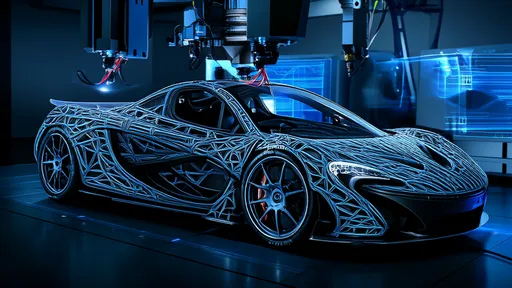
By /Jun 14, 2025
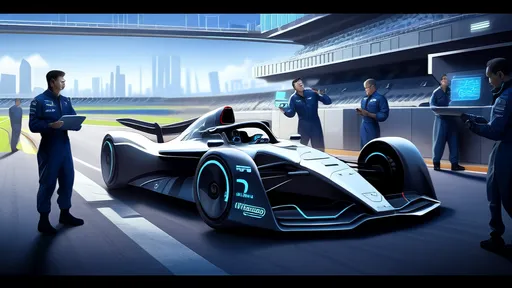
By /Jun 14, 2025
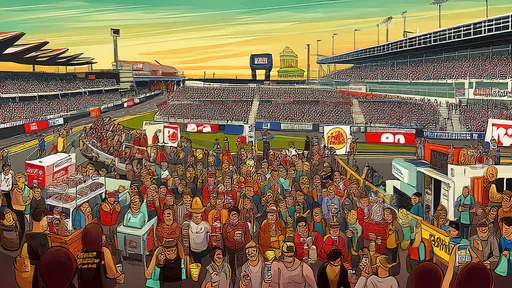
By /Jun 14, 2025
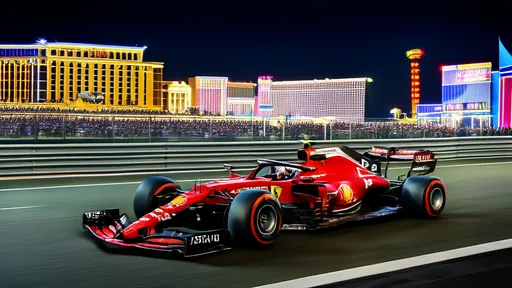
By /Jun 14, 2025
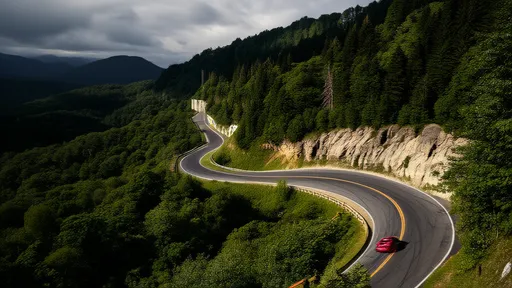
By /Jun 14, 2025
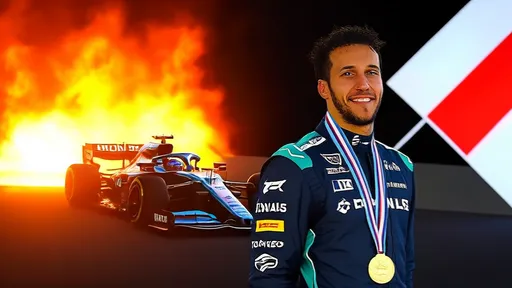
By /Jun 14, 2025
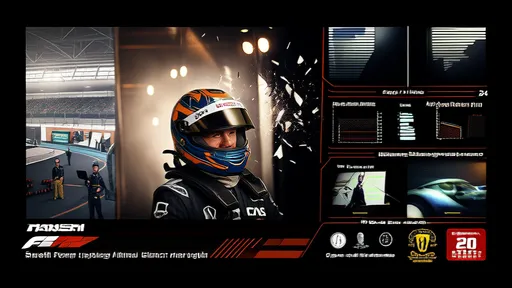
By /Jun 14, 2025
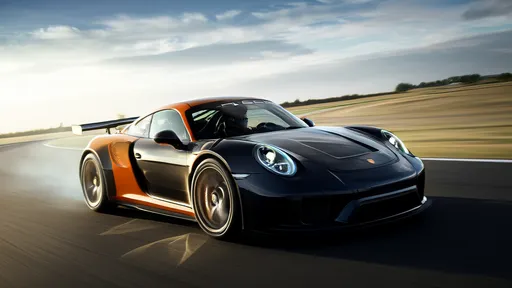
By /Jun 14, 2025
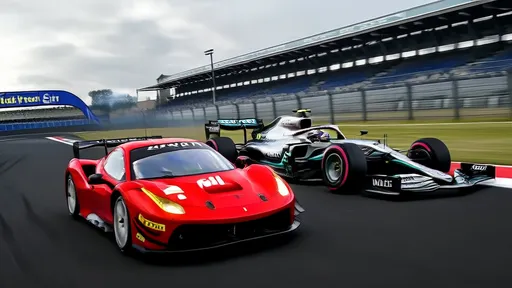
By /Jun 14, 2025
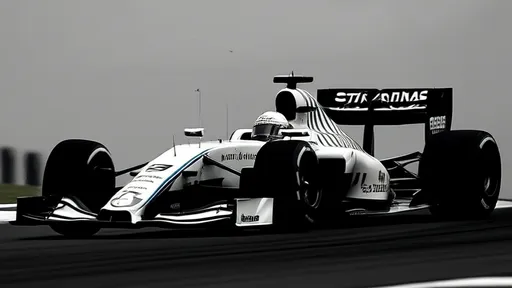
By /Jun 14, 2025
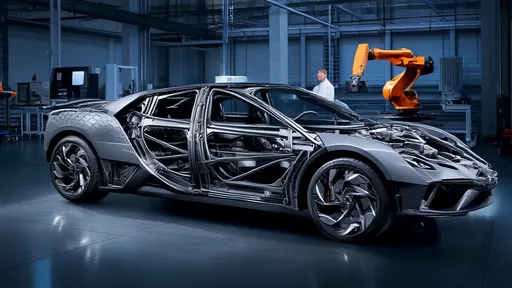
By /Jun 14, 2025

By /Jun 14, 2025
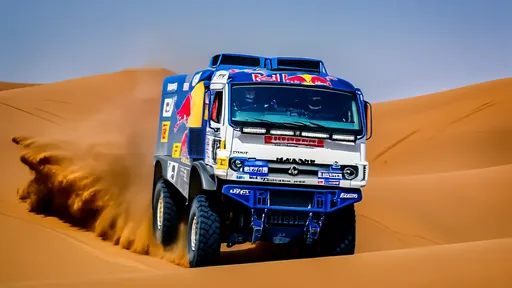
By /Jun 14, 2025
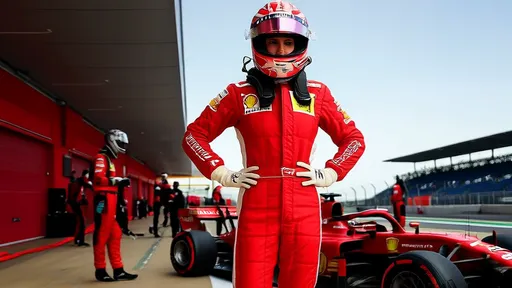
By /Jun 14, 2025